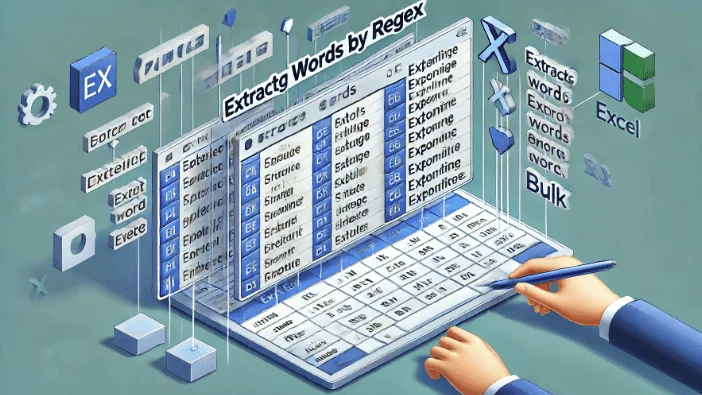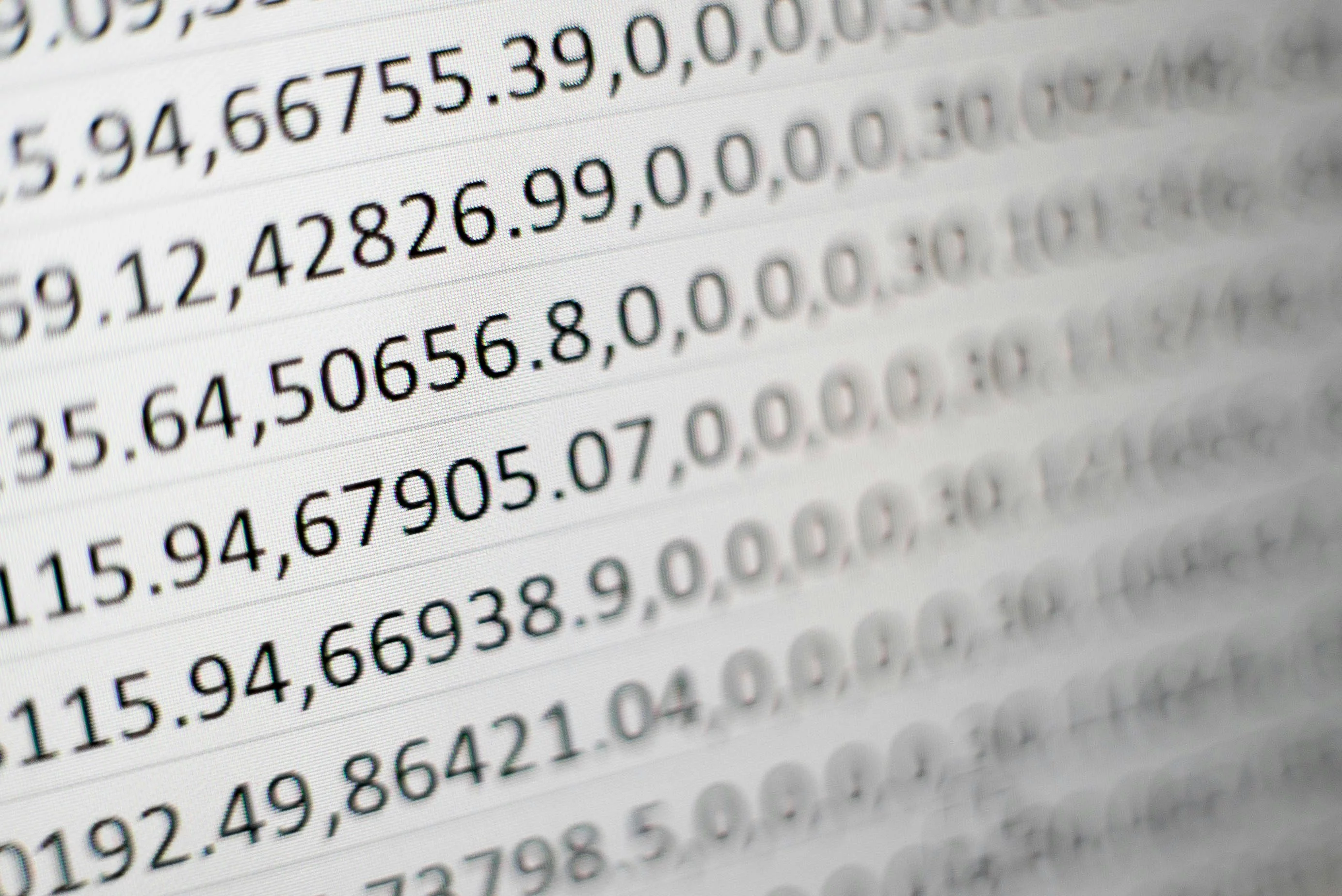Table of Contents
Mastering Regex in Excel: The Ultimate 2025 Guide


In today's data-driven world, Excel remains a powerful tool for handling vast amounts of information. One of its lesser-known yet potent features is its ability to harness the power of regular expressions (regex) for advanced string manipulation and data parsing. This guide delves into how you can effectively use regex within Excel, both natively and through VBA, to enhance your data analysis capabilities.
What is Regex?
Regular expressions (regex) are sequences of characters that form search patterns, often used for pattern matching within strings. They are highly effective for data validation, text searching, and string parsing operations across various programming languages and platforms. In Excel, integrating regex can significantly enhance data manipulation tasks, though it requires a bit of setup compared to its typical function-driven operations.
Relevant articles:
No VBA, No Python: Advanced Excel Data Transformation | SheetFlash
How to Replace Words by Regex in Excel in Bulk for Free (2025 Guide)
Why Use Regex in Excel?
Advanced Data Manipulation: Regex can identify patterns within strings that standard Excel functions cannot handle efficiently.
Efficiency: Automate the cleaning and formatting of large datasets quickly.
Flexibility: Supports a wide array of pattern-based operations beyond basic search and replace.
Recommended Learning Tool: Regex101
To master regex, leveraging online tools like Regex101 can be incredibly beneficial. Regex101 allows users to build, test, and refine their regex patterns interactively. The tool features a syntax highlighting editor, quick regex reference guide, and real-time feedback. This can ease your learning curve and assist with complex pattern crafting.
Implementing Regex in Excel
Using VBA for Regex
Excel doesn't natively support regex in its standard functions. However, by leveraging VBA (Visual Basic for Applications), users can unlock this functionality.
Sample Data
Setup:
Open the Excel VBA editor by pressing
ALT + F11.Add a reference to the
Microsoft VBScript Regular Expressions 5.5library throughTools>References.
VBA Code Examples:
Basic Pattern Matching:
Use this function in Excel as
=RegxFunc(A1, "[A-Z]{2}[0-9]{2}")to detect strings like 'AB12'.Advanced Extraction:
This extracts email addresses using a formula like
=ExtractEmail(A3).
Using SheetFlash Excel Add-in
For those who want to avoid the complexities of VBA and coding, SheetFlash offers a seamless integration of regex functionalities in Excel through its intuitive add-in.
Replace by Regex: This feature allows users to search for patterns within strings and replace them directly without writing any code. It simplifies the process of editing large datasets where pattern-based replacements are needed.Extract by Regex: Users can extract specific patterns from text data easily. Whether you're dealing with email addresses, phone numbers, or custom formats, this function offers an efficient way to parse data without writing complex scripts.
Google Sheets Alternative
For users who find VBA integration daunting, Google Sheets may provide a simpler alternative with built-in regex functions like REGEXMATCH, REGEXEXTRACT, and REGEXREPLACE.
Sample Data
Google Sheets Formulas
Basic Pattern Matching:
Result for
A1:TRUEEmail Extraction:
Result for
A3:johndoe@example.comPattern Replacement:
Result for
A1:AB##
Try This Example:
Visit Regex101 and input the following pattern to match email addresses:
Input any text containing email addresses to see how the pattern identifies them on the page.
Who is regex suited for?
Suited For
Advanced Users: Analysts familiar with regex syntax will greatly benefit.
Data Cleaning: Regex excels in tasks involving large datasets requiring extensive text manipulation.
Code Enthusiasts: Those who are comfortable with VBA or interested in extending Excel's functionalities.
Not Suited For
Basic Users: If regex syntax is unfamiliar and the task doesn't demand it, simpler Excel functions like
FIND,LEFT, andMIDmight suffice.Performance-Critical Applications: VBA-based regex operations might slow performance on very large datasets.
Use Case Example
Scenario: HR is tasked with extracting and formatting social security numbers from employee records. These records are inconsistently formatted, making manual extraction tedious.
Solution: By deploying a VBA macro using a regex pattern like \d{3}-\d{2}-\d{4}, HR can automatically parse and validate social security numbers, standardizing their format across all records. This ensures data uniformity and reduces manual error.
Tips for Effective Use
Learn Basic Syntax: Familiarize yourself with basic regex syntax, like character classes ([0-9]), quantifiers ({3}), and anchors (^, $).
Practice Simple Expressions: Start with straightforward expressions to gain confidence before tackling complex patterns.
Performance Considerations: Use regex judiciously to avoid unnecessary complexity that might degrade performance over large datasets.
Summary
Integrating regex into Excel can elevate your data manipulation tasks to a new level of sophistication and efficiency. While initially intricate, mastering regex within Excel unlocks a realm of possibilities for data analysts and business users seeking to automate and streamline repetitive text manipulation tasks. By using VBA, SheetFlash add-in, or even Google Sheets, data professionals have a toolkit at their disposal to enhance precision and speed when handling diverse datasets.








